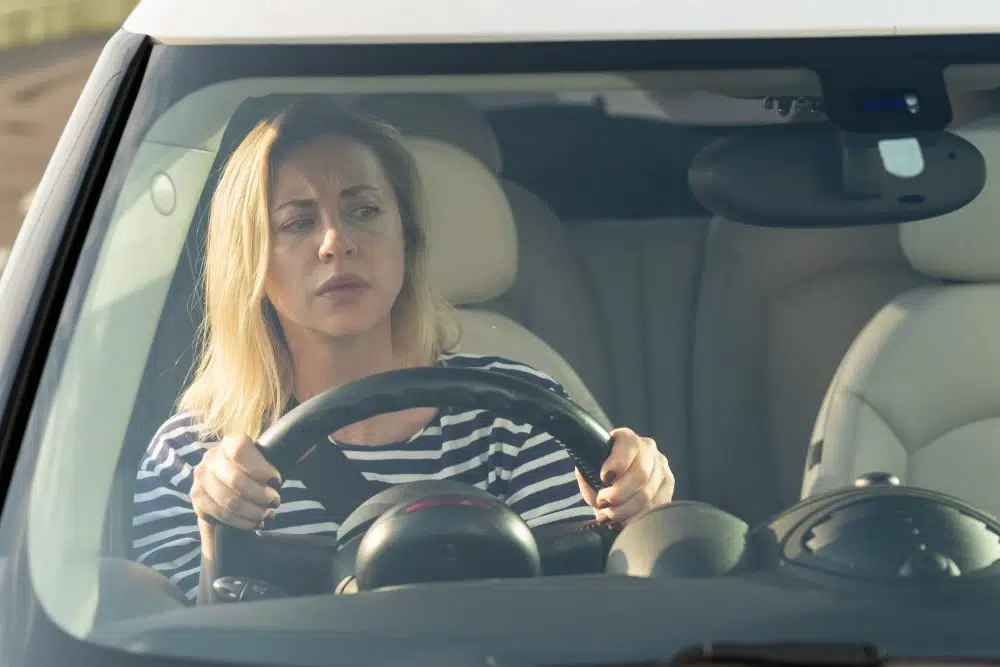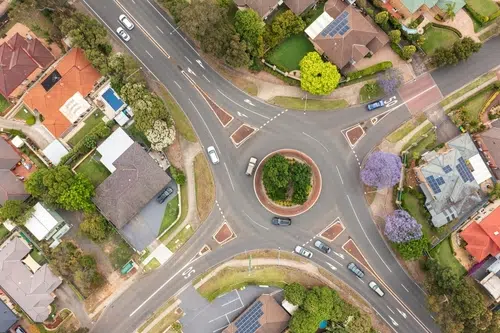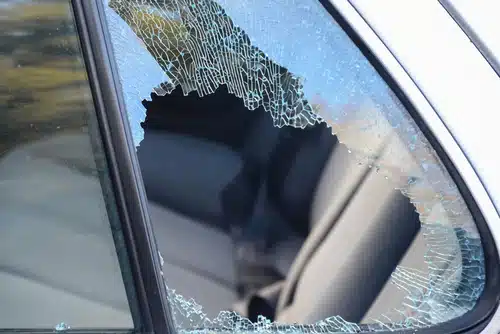Home » Blog » Car » Car Health & Safety » Roundabouts in Australia: How to Navigate Them
Categories
Tags
animal welfare
breed profile
buying a car
buying a pet
Car
car accessories
car care
car features
car insurance
Car safety
car sales
car service
cat
cat behaviour
cat body language
Cat Breeds
cat food
cat insurance
comprehensive car insurance
Dog
Dog Behaviour
dog body language
Dog Breeds
dog food
Dog Insurance
dog training
eco friendly cars
Kitten
New Car
pet accessories
pet activities
Pet Adoption
pet breeders
pet days of the year
pet fun stuff
Pet Health
pet insurance
pet parenting
Pet Safety
pet services
Puppy
rescue pets
road safety
road trip
safe driving
Recent Blog:
Facebook Posts
5 days ago
True or false: A stiff brake pedal can stop your car from starting? Answers here…![]()
![]() 3 Reasons For a Stiff Brake Pedal and Car That Won't Start –
... See MoreSee Less
3 Reasons For a Stiff Brake Pedal and Car That Won't Start –
... See MoreSee Less
3 Reasons for a Stiff Brake Pedal and Car That Won't Start
www.pd.com.au
Help! My car isn't starting and the brake pedal is stiff - why?! First of all, if your brake is stiff and car won't start then you've already pieced1 week ago
Growing old sometimes means we can’t take care of pets anymore. Find out some advice on what to do when this happens:![]()
![]() Senior Pet Parents – Contingency Plans for Your Pet –
... See MoreSee Less
Senior Pet Parents – Contingency Plans for Your Pet –
... See MoreSee Less
Senior Pet Parents' Contingency Plans for Pets
bit.ly
Sometimes senior pet parents need more downtime. For older pet owners, this can be tricky to navigate if their dog or cat is full of beans and wants to1 week ago
Celebrating World Vet Day by expressing our gratitude to all the wonderful vets out there! You're the real heroes for our fluffy companions. #WorldVetDaye#ThankYouVetsu#PDPetsdpets
... See MoreSee Less
Roundabouts are everywhere. From huge city intersections to little local one-lane ones. They’re designed to make traffic flow more efficiently and safely without the need for traffic lights, though some multi-lane ones do have lights to direct the flow at times.
What is a certainty is that they can create confusion, especially the bigger, busier roundabouts.
The confusion usually concerns whether – and when – you should indicate, where to give way go and how you leave the roundabout, especially if you’re in the right lane.
Plus, there’s no doubt regional and metro driving habits have several differences between them. The way these come to fruition in a tiny one-street town is a bit different to a major Melbourne intersection.
So, let’s try to clear up some of the misunderstandings.

Entering and exiting roundabouts in Australia
As mentioned above, there are lots of different types of roundabouts. Most people find multi-lane ones more intimidating.
Regardless, there are two basic rules to remember. Firstly, you always give way to traffic that’s already in the roundabout. Secondly, wherever possible, you must signal to other drivers that you’re about to leave the roundabout.
Indication is key
Many people don’t indicate to show where they’re going when they’re on a roundabout. Not only can this cause accidents, it can also slow traffic. If you’re waiting and give way to a car without blinkers that exits the roundabout before reaching you, it’s frustrating. You could have entered earlier and not held up the cars behind you if you’d known they were exiting!
So always use your left indicator to signal where you’re exiting.
Stick to your lane
On a multi-lane roundabout, lane arrows and signs will tell you which lane to use, depending on where you want to exit. Generally speaking, you should stick to the left lane if you want to take the first exit, and the right lane if you want to take the third (or subsequent) exit. If you’re going straight, you can use either lane.
Plus, you must give way to any traffic that’s already in the roundabout. Despite popular belief, you don’t give way to all traffic to your right – only those already inside the circle.
This means you also need to look left before you pull into the traffic, so you don’t accelerate to enter and accidentally collide with a car who’s entered ahead of you.
Keep your eyes peeled
That said, do be particularly aware of the cars approaching or about to enter from your right. They may enter the roundabout before you and once they’re there, you officially have to give way to them.
Defensive driving can come in handy if you’re navigating roundabouts because other drivers might be distracted, unsure, or unclear in their intentions. Safety first, always!

What to do when in roundabouts
When in a roundabout, you must always keep to the left of the centre island. Never go right of it or over it!
Starting with single-lane roundabouts
Here’s how you should be using your indicators:
- if you intend to turn left (i.e. take an exit that’s before the halfway point of the roundabout), you must indicate left as you approach the roundabout
- if you intend to turn right (i.e. take an exit that’s after the halfway point) you must indicate right as you approach
- if you intend to go straight on, you do not need to give a change of direction signal as you approach.
However, in all instances, you should indicate left just before you reach your exit point, to signal to other drivers that you’re leaving the roundabout.
When approaching multi-lane roundabouts
You need to:
- decide well in advance which exit you want to take
- position your vehicle in the correct lane (right or left depending on the exit) before you reach the roundabout
- signal (left or right) if you intend turning at the roundabout.
If you are in the right lane and need to exit the roundabout, you will need to be alert. Keep to the right lane and keep your right indicator on until you pass the exit before the one you will take. Then signal left, change lanes if possible, and exit safely.
Here’s a helpful video which explains how drivers should use roundabouts in Australia, with animated examples:
Other key info and fun facts
There isn’t a specific roundabout speed limit, but you are bound by the speed rules of the road you’re on. Luckily, you’re unlikely to exceed this anyway.
How many roundabouts in Australia? It’s hard to get exact figures, but research seems to indicate around 8,000. But of course, there are new ones popping up all the time. And the sayings about Canberra and roundabouts? Well, it seems they’re true too – according to ABC news, they have more roundabouts per person than other states.
Do you have to give way to cyclists and pedestrians? Yes to the cyclists (and any other traffic). You also need to pass them at a safe distance. Pedestrians don’t have right of way unless there’s a pedestrian crossing but, of course, you should always do everything possible to avoid colliding with a pedestrian.
Your final step before roundabouts
Hopefully, we’ve cleared up some of the confusion for you with this article. A lot of the little rules aren’t well known, but learning them means you’ll be safer on the roads. Here are a few other road rules you might not know about.
And if you do have a whoopsie moment while out on the roads (or even when your car is parked), your comprehensive car insurance should have you covered for repairs or replacement. PD Insurance offers low cost, value-rich cover so why not get a quick quote today.
Share On:




